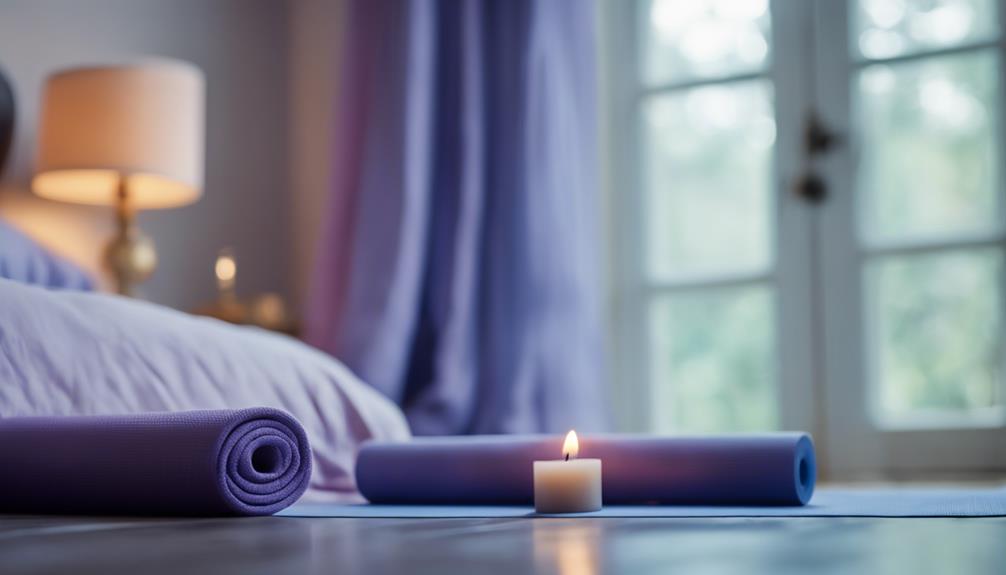Hotyoga

Hot yoga, a popular fitness trend, has gained a dedicated following thanks to its unique combination of physical challenge and mental relaxation. In this article, we will explore the benefits of hot yoga, the techniques involved, and essential tips for beginners. Whether you’re a seasoned yogi or a newcomer looking to dive into the world of hot yoga, this comprehensive guide will equip you with everything you need to know.
What is Hot Yoga?
Hot yoga refers to a style of yoga performed in a heated room, typically set between 85°F and 105°F (29°C to 40°C). The heat helps to warm up the muscles, allowing for deeper stretches and increased flexibility. This practice can vary from traditional Hatha to more dynamic styles like Vinyasa. The most well-known form of hot yoga is Bikram Yoga, which consists of a specific sequence of 26 postures and two breathing exercises. The heated environment promotes detoxification through sweating, making it a unique and rejuvenating experience.
The Physical Benefits of Hot Yoga
One of the primary reasons people flock to hot yoga classes is the numerous physical benefits it offers. The heat can enhance circulation, improve flexibility, and aid in muscle recovery. By practicing in a warm room, your body can achieve a greater range of motion, reducing the risk of injury. Moreover, hot yoga can help with weight loss. The intensity of the workout combined with the heat increases your heart rate, resulting in a more significant calorie burn compared to traditional yoga classes. Individuals often report improved strength and stamina after consistently participating in hot yoga sessions.
The Mental Benefits of Hot Yoga
Beyond the physical advantages, hot yoga also provides a wealth of mental benefits. The practice encourages mindfulness and promotes a meditative state, which can help reduce stress and anxiety. The combination of heat and focused breathing allows practitioners to connect with their bodies on a deeper level, fostering a sense of calm and relaxation. Many participants find that hot yoga enhances their overall mood and can even alleviate symptoms of depression. The communal aspect of group classes can also build a supportive community, which contributes to a more positive mental outlook.
Hot Yoga Techniques: What to Expect in Class
When you enter a hot yoga class, expect to encounter a variety of techniques aimed at improving your practice. Classes typically begin with a few moments of grounding and breathwork to center your mind. Following that, instructors guide participants through a series of poses, incorporating modifications to accommodate all skill levels. It’s essential to listen to your body and go at your own pace. Hydration is crucial, so be sure to drink plenty of water before, during, and after class. Instructors often emphasize the importance of proper alignment and breathing techniques, which are foundational to the practice.
Essential Gear for Hot Yoga
Having the right gear can significantly enhance your hot yoga experience. A high-quality yoga mat with good grip is essential, as the heat and sweat can make surfaces slippery. Look for mats specifically designed for hot yoga, as they provide extra cushioning and traction. Additionally, moisture-wicking clothing that allows for freedom of movement is vital. Consider wearing breathable fabrics that help regulate body temperature. Don’t forget your water bottle to stay hydrated throughout the class and a towel to wipe away sweat. A yoga strap or blocks can also be helpful for beginners in achieving proper alignment.
Tips for Beginners: How to Ease into Hot Yoga
For those just starting their hot yoga journey, it’s important to approach the practice with mindfulness and patience. Start by attending a beginner-friendly class to familiarize yourself with the poses and breathing techniques. Listen to your body and don’t hesitate to take breaks or modify poses as needed. It’s also wise to arrive early to acclimate to the heat and get settled. If you feel overwhelmed at any point, lying down in a resting pose is always an option. Remember that consistency is key; try to practice regularly to build endurance and confidence over time.
Common Misconceptions About Hot Yoga
Despite its popularity, hot yoga is surrounded by various misconceptions that can deter individuals from trying it. One common myth is that hot yoga is solely for advanced practitioners. In reality, classes cater to all skill levels, and modifications are always available. Another misconception is that sweating equates to a better workout. While sweating is a natural response to heat, it doesn’t necessarily reflect the quality of your practice. Lastly, some people worry about dehydration; however, staying hydrated before and after class can mitigate this concern. Understanding these misconceptions can help you approach hot yoga with an open mind and an informed perspective.
Conclusion: Embrace the Journey of Hot Yoga
Hot yoga offers a multifaceted approach to physical fitness and mental well-being. By understanding the benefits, techniques, and tips outlined in this guide, you can confidently embark on your hot yoga journey. Whether you’re seeking to improve your flexibility, enhance your strength, or find a sense of inner peace, hot yoga can be a transformative experience. So grab your mat, hydrate, and step into the warm embrace of your next hot yoga class—you might just discover a new passion that enriches your life in ways you never imagined.
By incorporating hot yoga into your routine, you open the door to improved health, increased mindfulness, and a supportive community. Dive in and enjoy the journey!Tantra YogaHow Yoga Reduces Stress